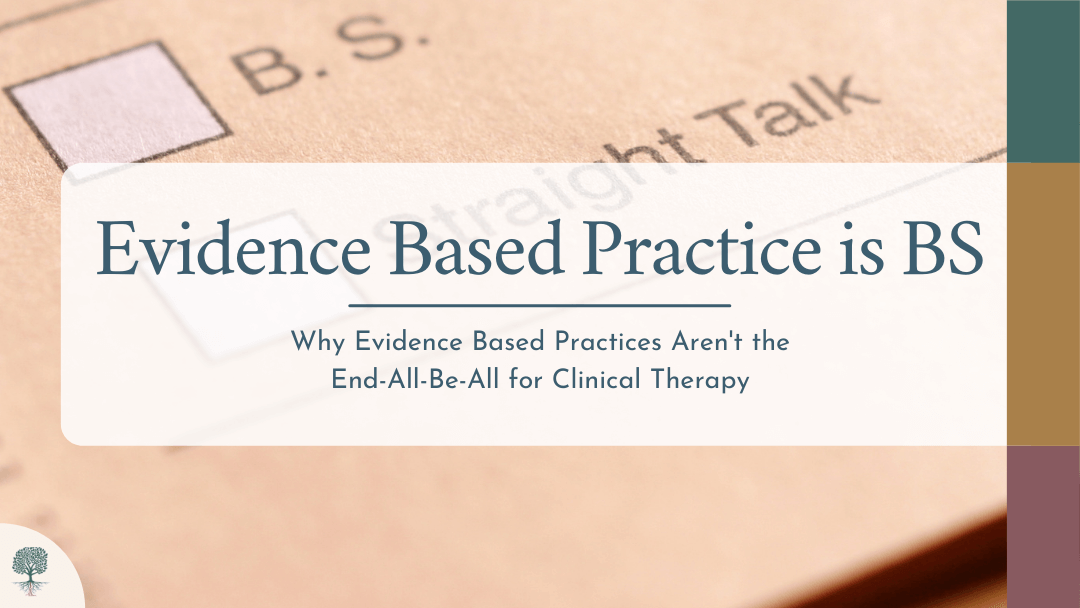Matthew Perry, a famous actor who starred in the TV sitcom “Friends”, had a history of drug and alcohol abuse. He spent over nine (9) million dollars and half of his life in and out of treatment or sober-living centers, had 14 stays in rehab, and detoxed 65 times beginning at age 26. He also had 14 surgeries for his drug and alcohol abuse and attended more than 6,000 Alcoholic Anonymous meetings in his relatively short lifetime.
On October 28, 2023, Matthew Perry died at the age of 52 years old. The coroner reported that high levels of the drug ketamine were found in Matthew’s postmortem blood specimens.
People often turn to illegal drugs or prescribed drugs, alcohol, and other forms of escapism to avoid uncomfortable emotional states. They are not going for the high or lows that alcohol and other drugs offer. They are just trying to stop their normal bad feelings. Both legal and illegal drugs serve that purpose (stop the pain), but many times the drugs cause more problems and sometimes death to the user.
People are not going for the high or lows that alcohol and other drugs offers. They are just trying to stop their normal bad feelings. If you have had the experience of breaking one of your bones and you went to an ER in pain you were not thinking about getting high – you were thinking about getting relief from the physical pain! If you were having a great day and you were feeling great, the last thing you would be thinking is – “I think I will go out and get drunk”.
In my seventy-eight years on this planet and having worked over thirty-eight years as a psychotherapist, I have seen new therapy modalities come aboard very slowly in the mainstream therapy community. This is mainly because people in general do not like change because change gets them out of their comfort zone. Additionally, entrenched interests protect their turf and stop new more effective modalities from becoming tested “evidence based therapies”.
Remarkably, drug rehabilitation and other addiction services continue to rely on the antiquated AA 12-Step Model, which boasts a disheartening success rate of merely 13%. Despite this, billions of taxpayer dollars are squandered annually, as numerous stakeholders have a vested interest in maintaining these outdated practices as their primary treatment approach. Long term talk therapy sessions (CBT) and group sessions give big financial payouts.
What are these ineffective practiced psychotherapy modalities? If the purpose of the therapy modality is to use the cognitive brain to heal the emotional brain, it will almost always fail. Yes I am saying that CBT is not effective in healing trauma! You have to heal the emotion, then the behaviors change – not the other way around.
People Do Not Come To Therapy For Explanations. They Come To Change Their Emotional Experiences!
So what is the difference that makes the difference in order to heal an emotional state? Simply have the client do something different from what they have been doing when they are consciously or unconsciously reliving the event that was caused by their traumatic event.
You are not required to know brain physiology to assist a client in their healings of their unwanted emotions or to impress clients with jargon about how their brain is not functioning correctly.
What truly distinguishes an effective approach to healing an emotional state? It’s about guiding clients to engage in actions that differ from their habitual responses during conscious or subconscious recollections of their trauma. It’s a straightforward yet profound.
Back in 1985, when I was thirty-nine, I began my therapy practice, initially focusing on individuals grappling with a fear of flying and other straightforward phobias. I observed a consistent physical pattern among my clients—they would exhibit the same bodily reactions whenever they encountered traumatic emotions or memories. This robotic repetition of movements, often accompanied by a distant gaze, is akin to being in a trance—hence the term “the thousand-mile stare.” In this context, I see my role as a “Trance Buster.”
To move beyond mere discussion of their fears and phobias, I introduced my clients to the NLP Trauma/Phobia Cure technique ( RTM & the Rewind Technique). This involved them visualizing themselves in a cinema, watching their younger selves experience the traumatic event from a triple dissociated perspective, then replaying the memory in reverse from a first-person viewpoint. This method proved effective for over 90% of my clients. Yet four decades later, it still isn’t recognized as an “Evidence Based Practice”! See:opinion-the-best-ptsd-treatment-youve-never-heard-of/
I experimented and within a few years I had developed over twenty different ways to heal a trauma/phobia and it was based on having my clients doing something different while experiencing the unwanted feeling or limiting belief.
Be creative! I have had clients hop around my office on one foot feeling their unwanted emotion and singing first and second grade songs. It always gets them out of the unwanted emotion, because they are paying attention to the trauma and present moment simultaneously. Most of the time they end up laughing or they get angry at me. In any case because of brain elasticity, that old emotional state will be different.
When people recall a memory from their past, they are actually recalling the last time they thought about it. If you add new information to that memory, the original emotion associated with it can be altered by the new stimulus.
In other words, our memory is like a cassette tape rather than a hard drive.
All of the following thirteen (13) effective trauma healing modalities do just that without drugs, electricity, or operations and none require you to know 🧠 physiology:
- EMDR
- EMI
- RTM
- The Rewind Technique (NLP Trauma/Phobia Cure)
- BrainSpotting
- FreeSpotting
- The Haven Technique
- The Flash Technique
- Accelerated Resolution Therapy (ART)
- Mental Space Psychology
- Clean Language Therapy
- Back to the Future Technique
- Rapid Resolution Therapy (RRT)
Any of these above modalities will usually make a positive difference for your clients in a few sessions. Many times in just one session! What works for one person may not work for another, highlights the need for a range of treatment options: healing-ptsd-phobias-intense-emotional-feelings/
You can be a more effective therapist if you are flexible by having more than one therapeutic trauma modality in your therapy toolbox. I like having at least five intervention tools on hand. I always tell my clients that if we do an intervention that doesn’t work – we will do something else that will work (there are over eight trauma tools on my blog). See:measuring-the-effectiveness-of-psychotherapy/
If your current therapeutic tool does not make a positive difference for your client in one session, you might find another tool or find another therapist that has different tools in their toolbox. A hammer might be a very effective tool for pounding nails into wood; however, a hammer is not effective in screwing a small nut onto a bolt.
Is it sometimes possible to heal clinical depression or other individual unwanted emotions in one session? Over the past thirty-eight plus years that sometimes happens for some of my clients. See: /healing-major-depression/ and others posts. Some traumas resolve after a single intervention, others require multiple interventions (often of different types) to get full resolution.
We can do better.
Joel Blackstock, LICSW- S has made an excellent video and gave me permission to link his YouTube video appropriately titled:

Clint77090(at)gmail.com

